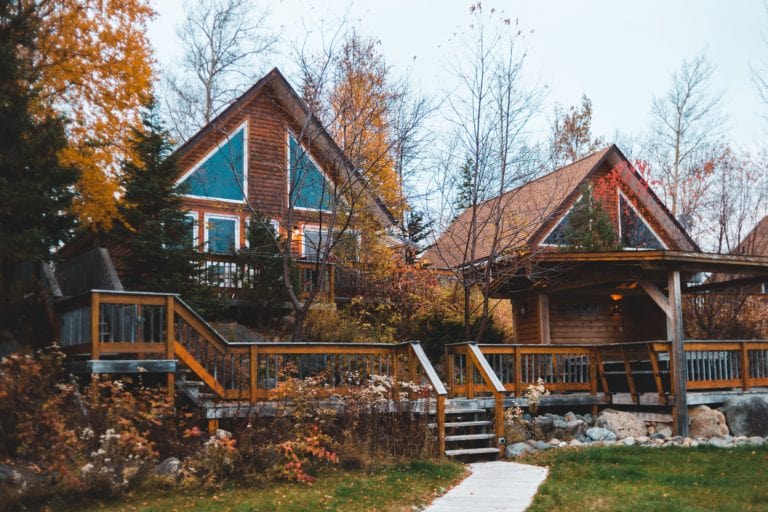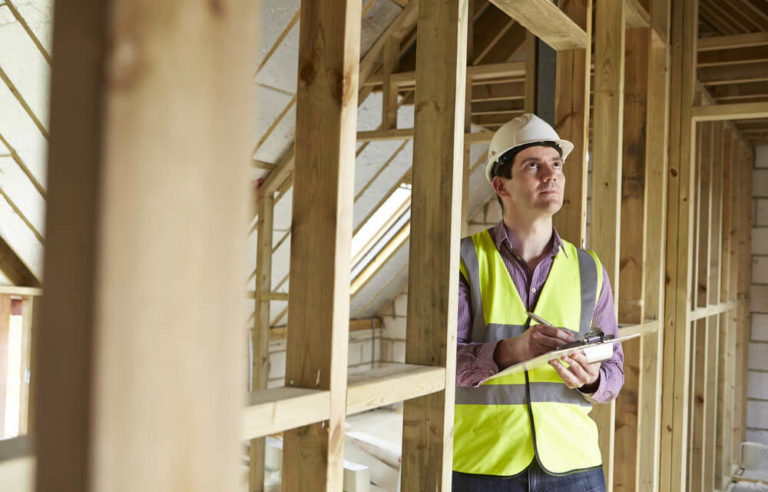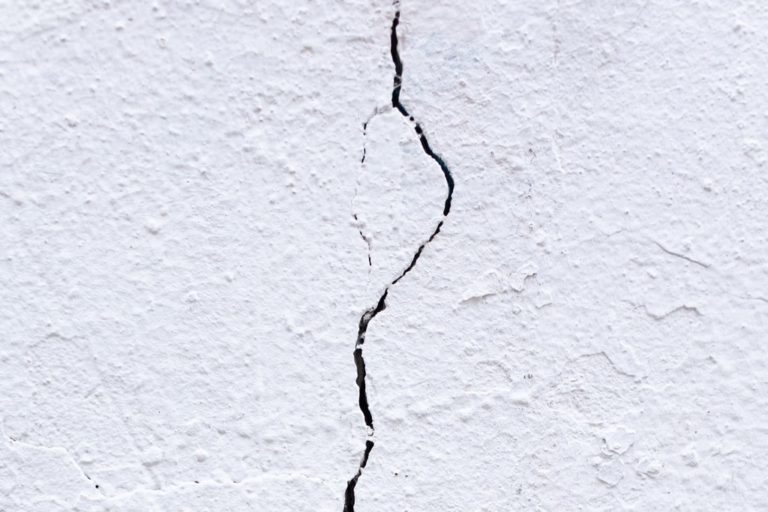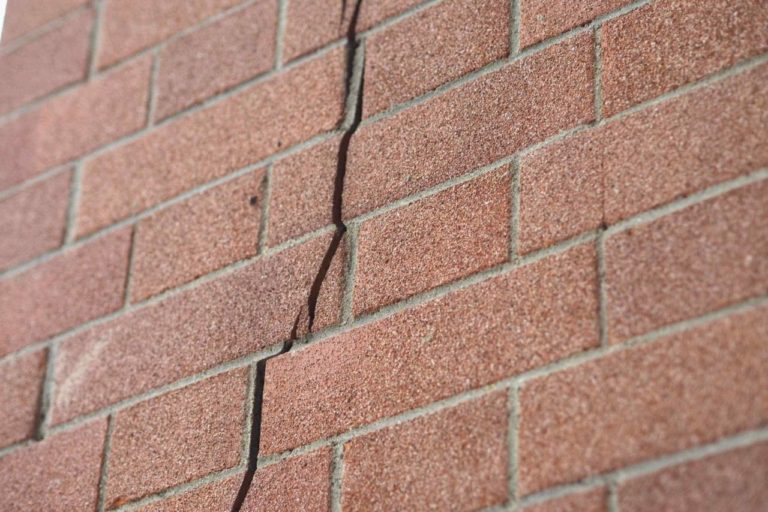Sagging floors are not only noticeably disruptive, but they are also indicative of structural issues within your home. Although there could be more potential issues, here are 7 of the most common causes of sagging floors.
Insects
Bugs are a common cause of floor sagging. The most common of these bugs in Canada are termites, carpenter ants, powderpost beetles, and wood borers. They eat the wood, build their nests, or reproduce in the wood; they can cause significant damage. This becomes a severe problem when the insects break down the wood, as it threatens the structural integrity of the building. The sagging becomes evident because the strength of the wood has decreased, so it can no longer fully hold the weight of the load.
Water Damaged Wood (Rotted Wood)
Unless it is constantly water treated, wood exposed to moisture will start to rot. This is a major issue as it greatly weakens the durability of the wood. Constant rot will lead to the continuous deterioration of the structure’s integrity. This is an important issue to take care of quickly as it may cause the collapse of the house.
Faulty Design/Human mistake
An easily dismissible cause is human error. It could be that when the house was built, something was done amiss. The foundation could have been designed incorrectly, materials of the wrong dimension could have been used, the structure could lack support beams or countless other reasons. Moreover, sagging floors could result from additions, renovations, or unforeseen loads. Renovators could have removed a wall that was instrumental to the structural integrity of the building; plumbers, electricians, or HVAC workers could have altered structural support beams or walls; or the weight of the additions/renovations could be too much for the house to support.
Soil Settlement
Differential settling is more common for newer houses as the house has not had the time necessary to settle fully. Settlement is a natural occurrence but can happen poorly depending on how flat the terrain is or how the soil is distributed under the house. Differential settling can lead to sagging floors, foundation cracks, and more major structural issues.
Temperature & Humidity
Long-term exposure to humidity can cause wood to rot. Timber is hygroscopic, meaning it expands when moisture from the air is absorbed and shrinks when that moisture is released. As the wood absorbs moisture through the air, it begins to rot. During the hotter months, when humidity is at its highest, timber beams, posts, floor boards, etc., will absorb moisture. When the temperature cools, the humidity lowers. When the humidity lowers the wood releases moisture which causes the wood to shrink. This constant expansion and shrinkage of the wood can cause your floors to sag.
Time and Everyday Use
As time goes by, older houses start to wear down. The materials used in the initial construction tend to break down and deteriorate over time and with use. Additionally, some home repairs may not have been done correctly due to financial constraints or misinformation. Rather than completely fixing issues, some homeowners may choose to accommodate through cheaper means. The build-up of such “fixes” may lead to the poor structural integrity of the house. Furthermore, with the many technological advancements of the present day and extensive research in building safety, the old processes used during the initial construction may not hold up to the standards of today’s builds or last as long as needed. New tools and materials are constantly introduced, and building codes are
Weight/Loading
Similar to the earlier point, there may be too much weight for a specific section of the structure to support. A new bunk bed, couch, pool table, waterbed, renovation, fireplace, piano, or any other heavy item could cause the sagging floors. As the house was designed to hold a certain amount of weight over time, adding excess weight can cause the structure to fail slowly. Thus, resulting in sagging floors.
If you are experiencing sagging floors and can not determine the cause, call us at 613-663-5605 to schedule an inspection. We are happy to help you find a structural solution to ensure your safety and the safety of everyone in the building.
Works Cited
All American Flooring. (n.d.). 4 Easy Ways To Fix Sagging Floors. Retrieved from American Flooring: https://www.allamericanflooring.net/cause-of-sagging-floors-and-how-to-fix-the-sagging-floor/
Barnett, D. (2010, April 9). 4 things that can cause a floor to sag. Retrieved from The Seattle Times: https://www.seattletimes.com/life/lifestyle/4-things-that-can-cause-a-floor-to-sag/
Benedict, S. (2016, August 27). WOOD DAMAGING INSECTS IN ONTARIO. Retrieved from Truly Nolan: https://www.trulynolen.ca/wood-damaging-insects-in-ontario/
Buyers Ask. (n.d.). Causes of Houses Settling: When Serious And What To Look For. Retrieved from Buyers Ask: https://buyersask.com/structural/foundation/house-settlement-serious-look/
Carter, T. (2020, November 10). How to assess the causes of a sagging floor in your home and fix it. Retrieved from The Washington Post: https://www.washingtonpost.com/business/2020/11/10/how-assess-causes-sagging-floor-your-home-fix-it/
Kater, K. (2019, December 26). What causes floors to sag? A deep dive into the most common culprits. Retrieved from Acculevel: https://acculevel.com/sagging-floors-causes/
Leggett, R. (n.d.). What Causes the Living Room Floor to Sag? Retrieved from SFGate: https://homeguides.sfgate.com/causes-living-room-floor-sag-69462.html
The Building Pro. (2020, November 27). THE GOOD, THE BAD, AND THE UGLY – STRUCTURAL ROT. Retrieved from The Building Pro: https://buildingpro.ca/kelowna_home_inspections/the-good-the-bad-and-the-ugly-structural-rot/







